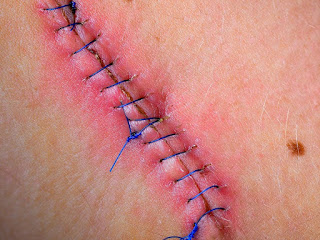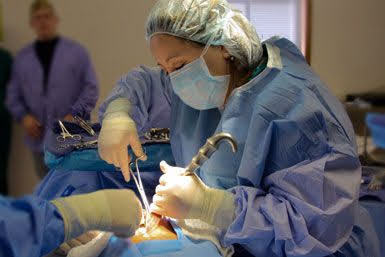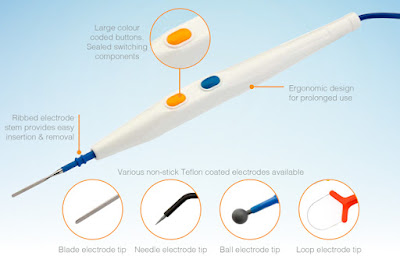Best Practices and Guidelines for Preventing Infections related to Sutures
Suture infection risks
The likelihood of suture-related infections depends on various factors such as the type of suture material used, the surgical site, the patient's health status, and the surgeon's technique.
However, some suture materials are more prone to causing infections than others. For example:
- Absorbable sutures made of natural materials such as catgut or silk have a higher risk of infection compared to non-absorbable synthetic sutures such as nylon or polypropylene. This is because natural materials can harbor bacteria and may break down too quickly, which can lead to inflammation and infection.
- Halsted,5 in 1913, expressed a strong preference for the use of silk in clean surgical wounds, but stated that it should be avoided in contaminated or infected ones. Whipple,8 in 1933, strongly advocated the use of silk in repair of clean wounds, indicating that the incidence of infection was actually less than when chromicized catgut was used.
- Monofilament sutures, which have a single strand, have a lower risk of infection compared to multifilament sutures, which have multiple strands, as bacteria can get trapped within the multiple strands of the latter.
- Chronic SSI can arise from underlying bacterial biofilms, which can invest implanted foreign bodies and associated soft tissue surfaces.

Ultimately, the best type of suture material to use depends on various factors, including the patient's individual needs, the surgical site, and the surgeon's preference and experience. Your surgeon will determine the best type of suture material for your case to minimize the risk of infection.
To prevent infections related to sutures, consider the following strategies:
Proper Surgical Technique: Ensure that sterile techniques are used during the procedure to minimize contamination.
Choose the Right Suture: Select the appropriate suture material for the specific procedure, considering factors like absorbability, material type, and the location of the wound.
Wound Care: Follow guidelines for postoperative wound care. Keep the area clean and dry, and change dressings as recommended.
Monitor for Signs of Infection: Be vigilant for signs of infection, such as redness, swelling, increased pain, or discharge. Early detection can lead to prompt treatment.
Antibiotic Prophylaxis: In certain cases, especially with high-risk surgeries or patients, prophylactic antibiotics may be recommended.
Patient Education: Educate patients on how to care for their sutures and what signs to watch for that might indicate an infection.
Maintain Sterility: Ensure that all instruments and materials used are sterile, and limit exposure to non-sterile environments.
By implementing these measures, the risk of suture-related infections can be significantly reduced.
References


